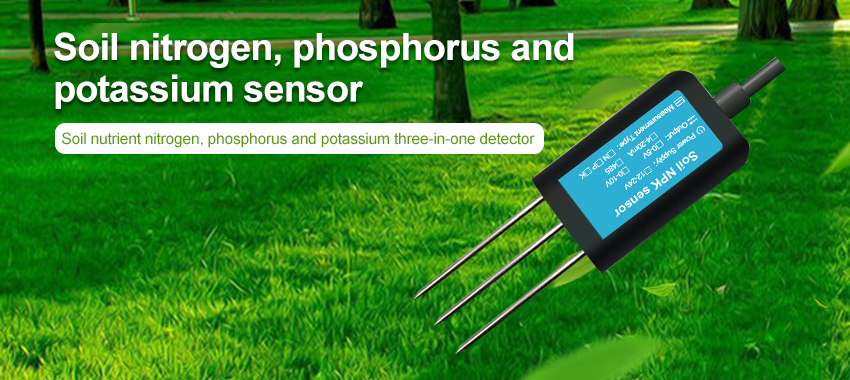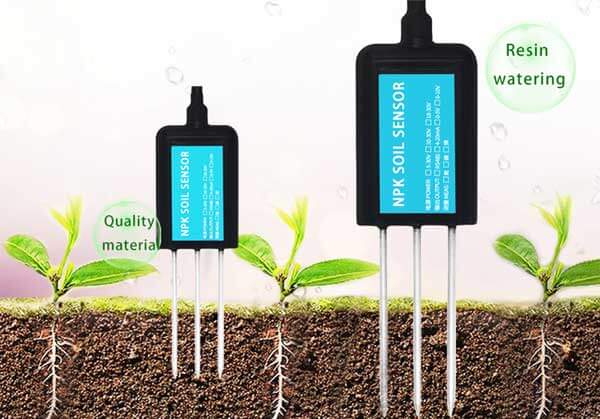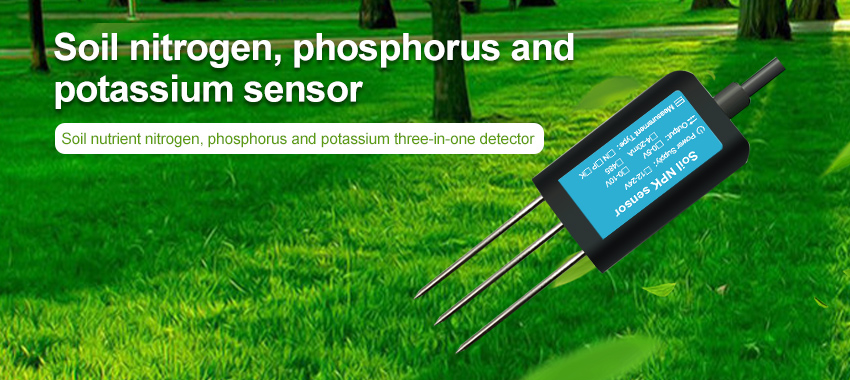Farming practices have evolved significantly over the years, with advancements in technology driving increased efficiency and sustainability. One such technology that is revolutionizing agriculture is soil sensors. These sensors provide invaluable insights into soil conditions, enabling farmers to make data-driven decisions regarding irrigation, fertilization, and overall crop management. This article explores how soil sensors are transforming farming practices, highlighting their benefits, applications, and potential challenges.

Benefits of Soil Sensors in Farming:
Soil sensors offer numerous benefits for farmers. Firstly, they provide real-time and accurate data on soil moisture levels, allowing farmers to optimize irrigation practices. This helps prevent both overwatering and underwatering, ensuring plants receive the right amount of water at the right time. Secondly, soil sensors measure key soil nutrients, such as nitrogen, phosphorus, and potassium. By precisely monitoring nutrient levels, farmers can adjust fertilizer application rates, reducing environmental impact and optimizing plant growth. Thirdly, soil sensors help detect soil salinity levels, which can be detrimental to crop health. With this information, farmers can take appropriate measures to mitigate salinity issues and maintain crop productivity. Lastly, these sensors enable farmers to make informed decisions about soil pH levels, promoting optimal nutrient uptake by plants.
Applications of Soil Sensors in Farming:
Soil sensors find diverse applications in farming practices. One common application is precision irrigation. With soil moisture sensors strategically placed in fields, farmers can determine when and how much water to apply, ensuring efficient water usage and minimizing water waste. Another application is precision fertilization. Soil nutrient sensors provide farmers with crucial information about nutrient availability in the soil, enabling them to apply fertilizers precisely where they are needed most. This targeted approach reduces fertilizer costs, minimizes nutrient runoff, and improves crop quality. Additionally, soil sensors aid in soil health management by monitoring factors like organic matter content and soil compaction, facilitating the implementation of appropriate soil management practices.
Challenges and Considerations:
While soil sensors have significant benefits, certain challenges and considerations need to be addressed. Calibration and maintenance are crucial for accurate and reliable data collection. Regular calibration ensures that the sensors provide precise measurements, while proper maintenance extends their lifespan. Furthermore, variability within fields poses a challenge. Soil properties can differ significantly in different parts of a field, requiring careful placement and integration of multiple sensors. Data interpretation is also important, as farmers must understand how to analyze and utilize the information provided by the sensors effectively. Lastly, cost can be a barrier to widespread adoption, although advancements in technology are gradually reducing sensor prices.
Future Trends and Opportunities:
The future of soil sensors in farming is promising. Technological advancements will continue to improve the accuracy, durability, and affordability of these sensors. Integration with other agricultural technologies, such as satellite imagery and weather forecasting, will provide a comprehensive understanding of field conditions. Wireless connectivity and data analytics will enable real-time monitoring and decision-making, optimizing farming practices further. Moreover, advancements in machine learning and artificial intelligence will allow for predictive modeling and prescriptive recommendations tailored to specific farm conditions. As farmers increasingly adopt precision agriculture approaches, soil sensors will play a vital role in achieving sustainable, efficient, and productive farming systems.

Conclusion:
Soil sensors are transforming farming practices by providing farmers with critical information about soil moisture, nutrients, salinity, and pH levels. These sensors optimize irrigation, fertilization, and overall crop management, leading to increased efficiency, reduced environmental impact, and improved crop productivity. While challenges such as calibration, variability, data interpretation, and cost exist, advancements in technology will address these issues. As the agriculture industry continues to embrace precision farming, soil sensors will remain essential tools in driving sustainable and data-driven agricultural practices. By harnessing the power of soil sensors, farmers can maximize yields, conserve resources, and contribute to a more sustainable future for agriculture.
